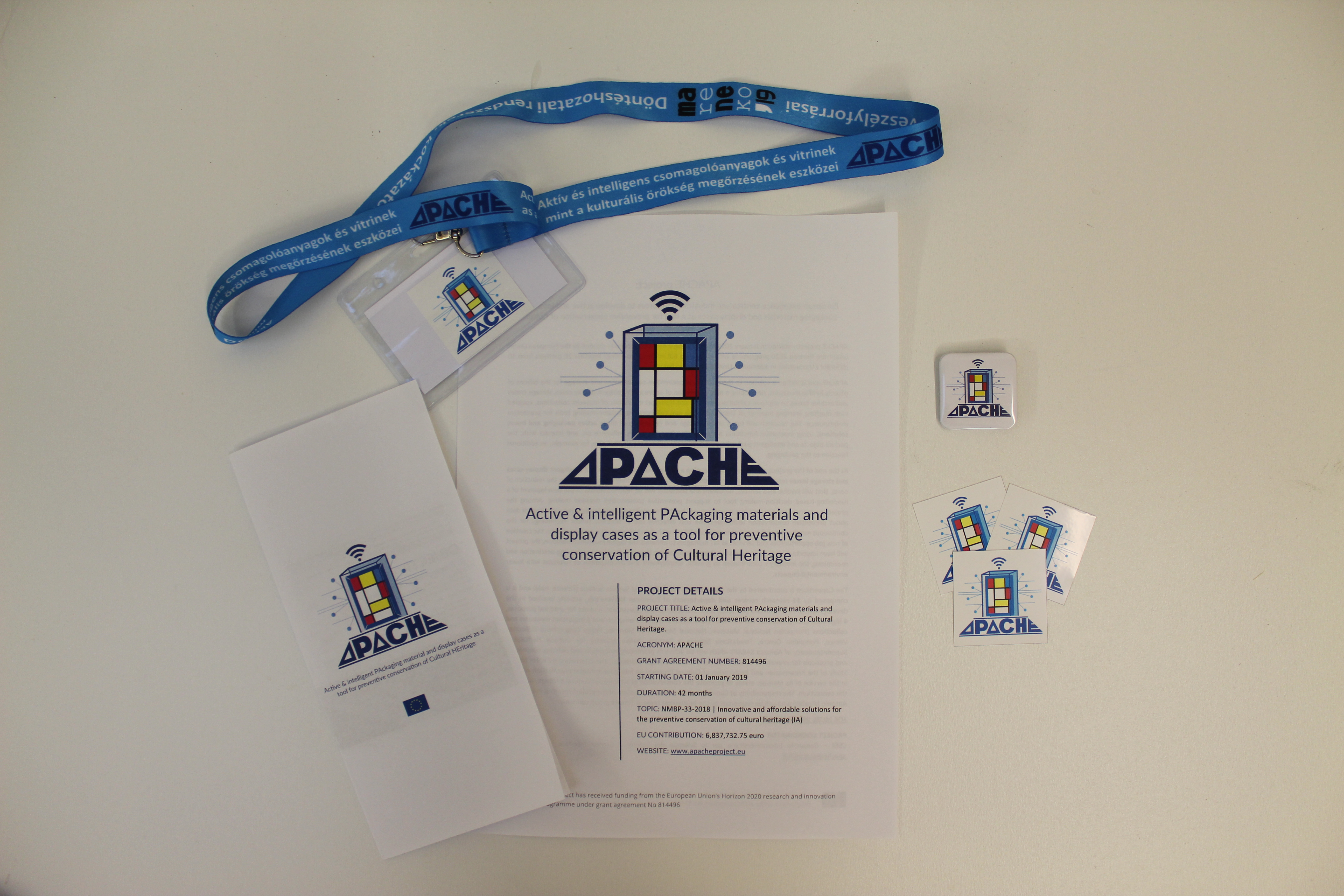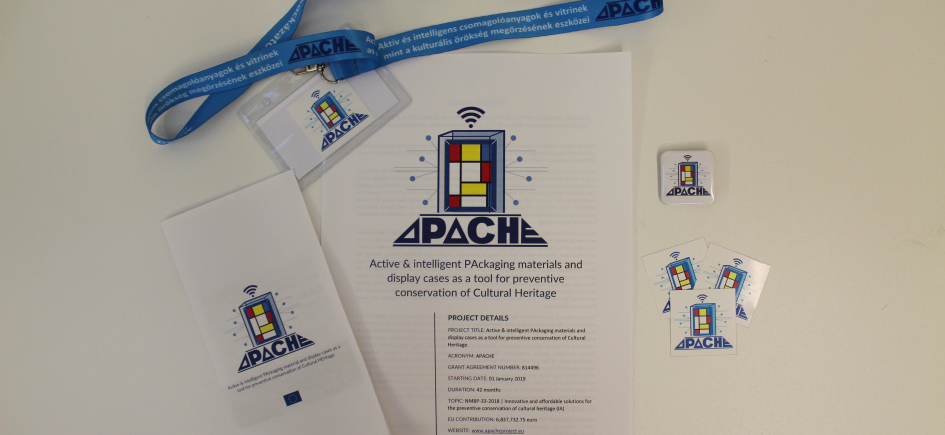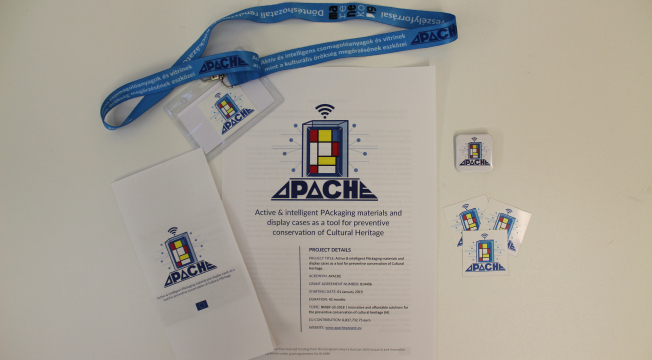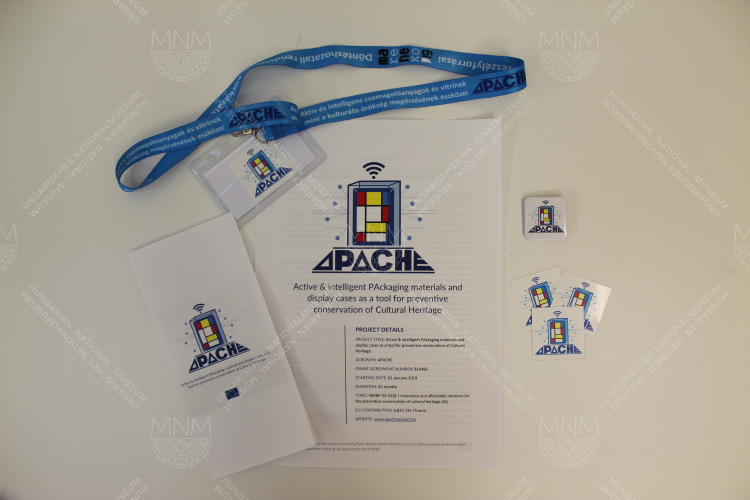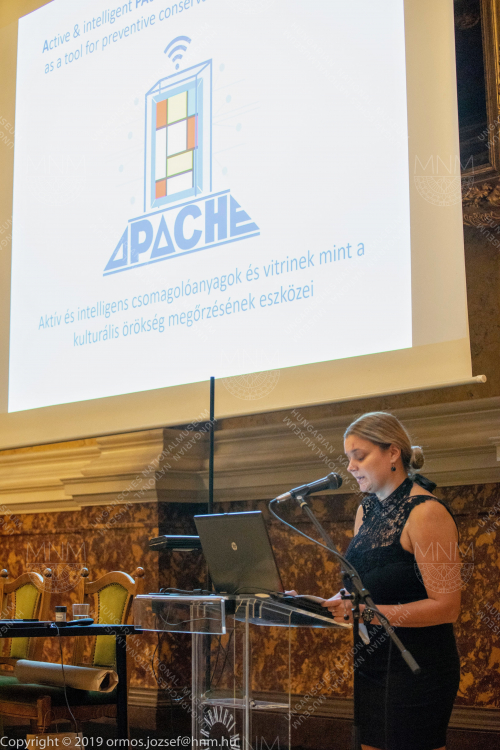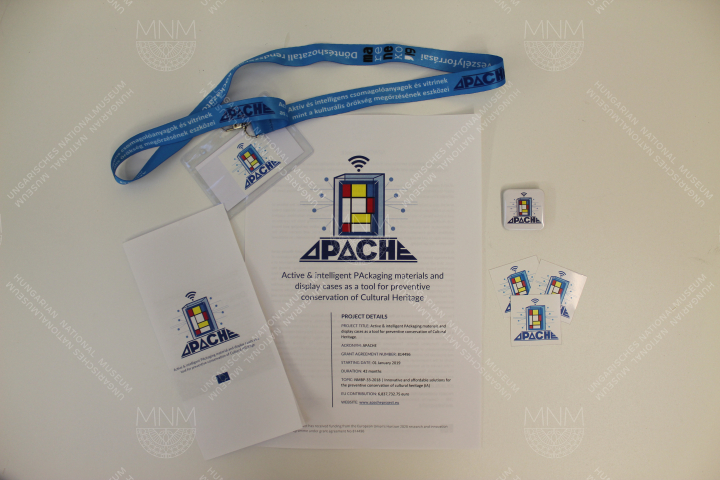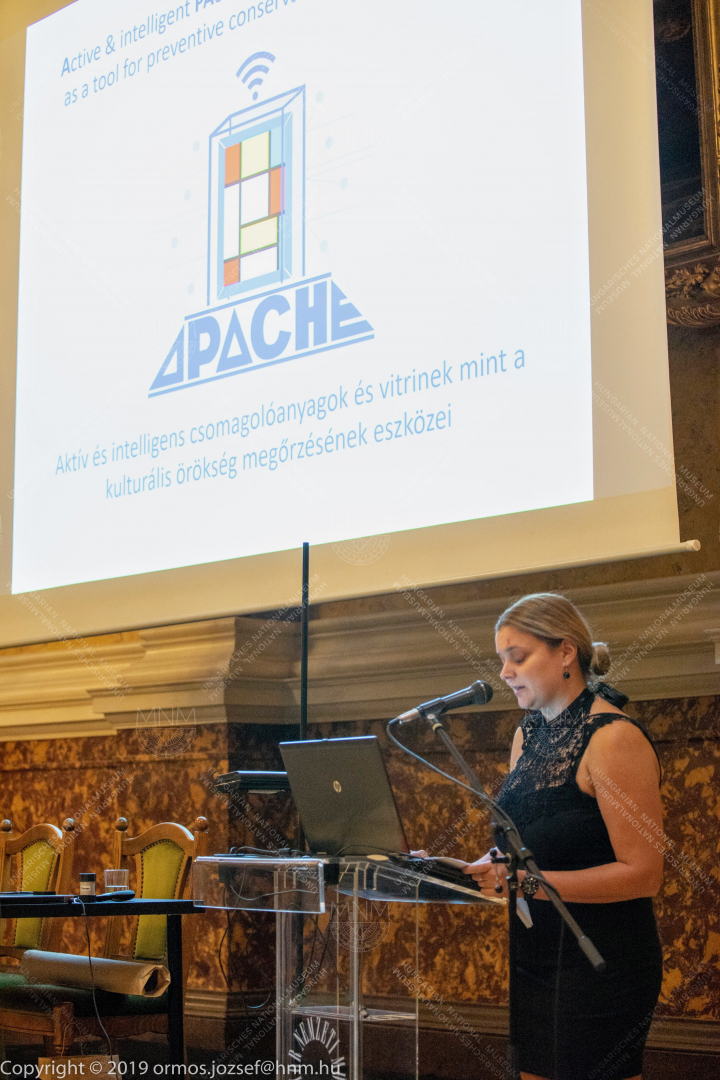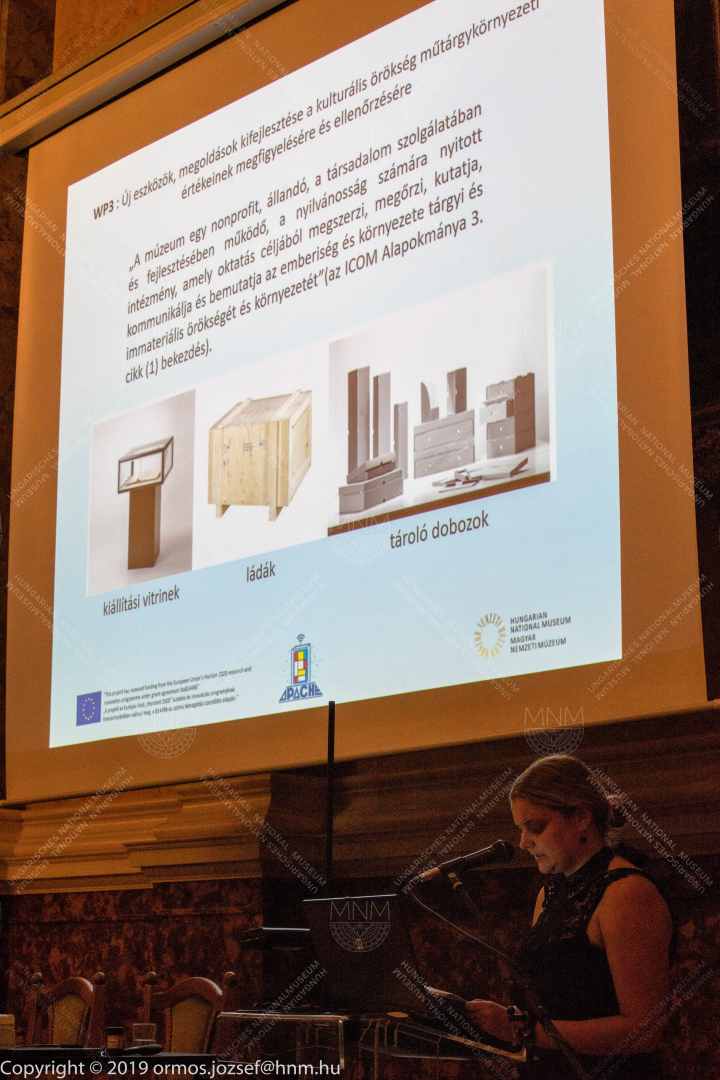
Active & intelligent PAckaging materials and display cases as a tool for preventive conservation of Cultural Heritage

Degradation of movable tangible Cultural Heritage can be significantly increased by disadvantageous and unstable climate conditions, light, and pollution. The purpose of Preventive Conservation is to avoid and minimize future degradation and loss of Cultural Heritage. APACHE will develop a range of materials based on multi-scale modelling and a new generation of active and intelligent enclosures to support long-term preservation of Cultural Heritage. The project will also take into account the application feasibility of such materials as well as the reduction of material costs.
This project has received funding from the European Union’s Horizon 2020 research and innovation programme under grant agreement No 814496.
Time frame
1st of January 2019 – 31th of July 2022
Objectives
The aim of the APACHE project is the development of tools/solutions for effective and affordable Preventive Conservation, especially for small and medium sized museums, galleries, deposits and libraries.
The project considers the interdisciplinarity of Preventive Conservation that refers to material science, conservation, chemistry, system science, biology, engineering and management; acknowledges and adopts international standard and recommendations for environmental conditions for collection; and answers questions regarding both environmental and economic impacts of innovative solutions.
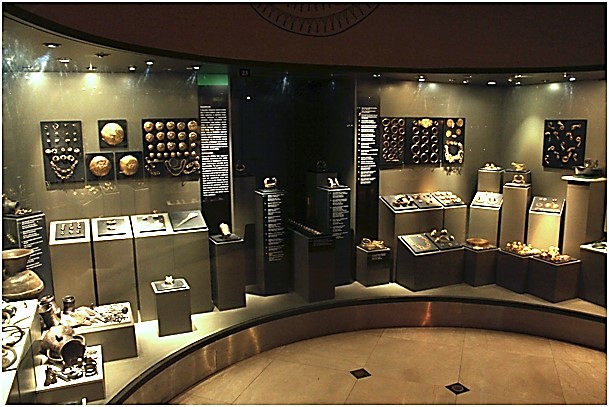
Activities
Research and development of new tools and materials
- Multi-scale materials modelling to predict degradation of art-related materials;
- Sensors and wireless sensors technologies to provide a smart, user friendly and low cost system to detect un unsuitable microclimate;
- Pollution absorbents as well as temperature and humidity regulators to compensate their fluctuations;
- Software tool for decision-makers to visualize the effect of a decision on the longevity of the stored object.
The Hungarian National Museum’s role in the project
- Providing environmental data and other necessary information for research
- Sharing practical experiences and needs of museums
- Testing developed tools
Expected Impacts
- Practical and affordable tools / solutions
- Improved Cultural Heritage degradation predictions and modelling-based decision-making
- Contribution to sustainable open repositories
- Contribution to an increased citizens’ awareness of Preventive Conservation
- Clear prospect for quantified socio-economic gains from the proposed solutions
- Effective market uptake across Europe of the proposed solutions
Project partners
The project involves 26 partners from 12 countries. Among them 14 are development and manufacturing companies from different fields across Europe; 6 are universities from Ireland, UK, Greece, Brazil, Slovenia and Italy; 5 are museums (National Museum of Slovenia, Pompidou Center in Paris, Guggenheim Collection in Venice, the Italian Museum of Technology, the Hungarian National Museum) and the Italian Ministry of Cultural Heritage.
Please find more information at: http://www.apacheproject.eu

The 41st International Conference of Hungarian Conservators (MARENEKO) organized by the Hungarian National Museum took place on 5-7 December 2019 in Budapest, Hungary, where the first results of the APACHE projects were presented to local stakeholders by the project members from the museum.
The first day of the MARENEKO conference focused on the impact of the environmental change on artworks. The climate change that we are facing worldwide does not only endanger the preservation of our cultural heritage, but also it means global challenge for conservation professionals. Special attention was paid by the speakers to the awareness of negative trends in this area. Within this framework, the APACHE project was introduced to Hungarian conservation and restoration professionals for the first time. The presentation about the project attracted interest and was followed by a discussion.
The presentations on the second and third days of the conference analyzed and discussed the restoration decision-making system and its risks, as well as the ethical issues of restoration.
